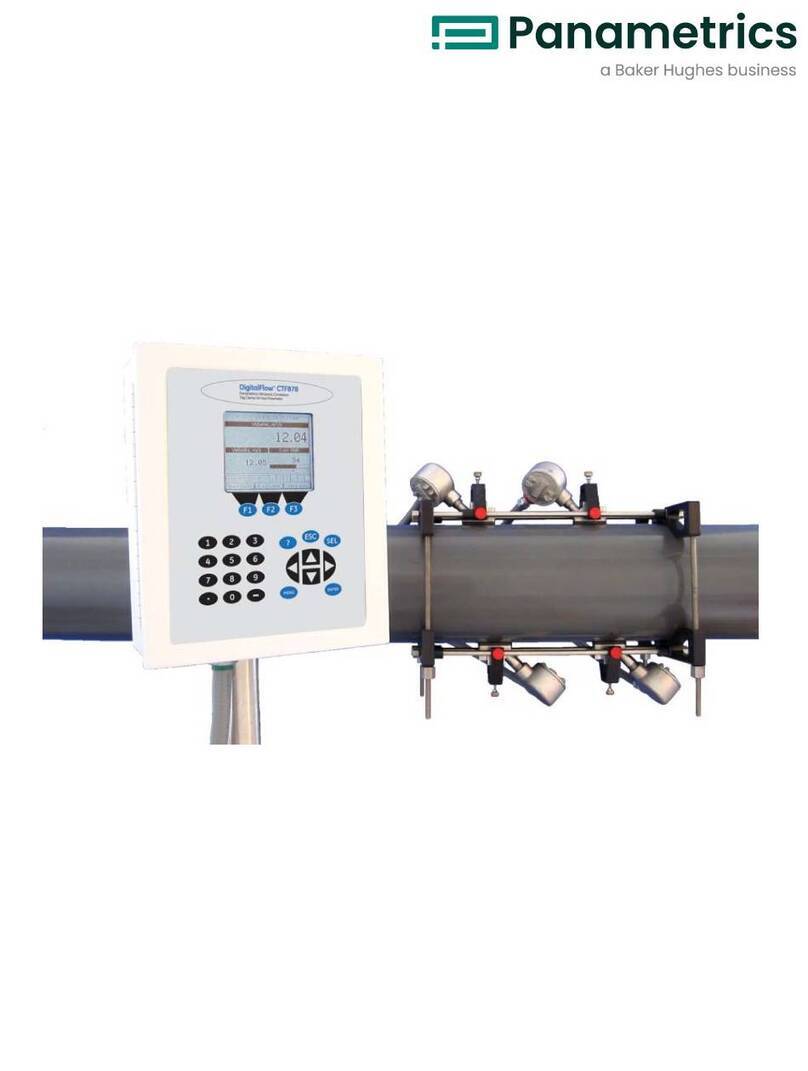
AWA Troubleshooting
This situation can be seen in DC field or rotating poles. Be sure the coils being compared
are being tested in identical configurations; i.e. both coils are wound clockwise beginning
to end.
On very large equipment, slight differences in capacitance to ground may be the cause.
At low voltage levels, begin the test again with the black ground lead removed from the
motor frame. If the separation is now gone, capacitance to ground was affecting the test.
If the above situation does not apply there is probably an imbalance of the impedance
windings that is inherent to the design. The most common case is found in basket or
concentric wound motors. The phases are not magnetically balanced due to different coil
lengths.
•There is no damped sinusoidal wave pattern on the display when testing a coil.
The wave pattern rises on the left and then slowly drops as it trails off to the
right. It may or may not cross the zero/base line. The pattern looks like that in
the figure on the next page.
The test coil probably has too high an impedance to get a good working pattern. The coil
may be very high in resistance and turns count. The inability to surge test this coil, or
group of coils in series, will remain unless they can be broken down to smaller units of
lower impedance.
You may also have a broken test lead or lead to the test winding. With heavy use, test
leads should be checked weekly to ensure there is no breakage. Test leads are easily
checked for breakage by firmly grasping the boot and clip in one hand while pulling on
the lead with the other. A broken lead will stretch. A good lead will not.
Service: What to do First!
STOP! Do not aggravate any possible problem by INCREASING OUTPUT
TO MAXIMUM looking for a screen display!
Because history has shown that several simple solutions which do not require return of a
unit may arise, please perform the following checks.
Printer Check
•The printer does not work when “Print” is selected.
The digital tester will only output to an “Epson FX” compatible dot matrix printer
connected to a tester. Refer to the manual that came with your printer for the DIP switch
settings that make the printer “Epson FX” compatible.




























